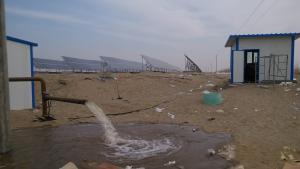Cyberpower Solar Inverter
Cyberpower Solar Inverter Related Searches
Sunpower Solar Inverter Maxpower Solar Inverter Sunpower Solar Panel Inverter Empower Solar Inverter Inverter Power Solar Inverter Solar Solar Solar Inverter Smart Solar Power Inverter Power Solar Inverter Ecostar Solar Inverter Solar Energy Inverter Victron Energy Solar Inverter Power Inverter Solar Microgrid Solar Inverter Solar Energy Power Inverter Smart Inverter Solar Power Microtek Solar Inverter Solar Smart Inverter Smart Solar Inverter Victron Solar Inverter Sunrun Solar Inverter High Power Solar Inverter Solar Converter Inverter Smart Inverter Solar Inverter Solar Panel Solar City Inverter Solar Powered Power Inverter Solar Power Battery Inverter Siemens Solar Inverter Solar Power Inverter SystemCyberpower Solar Inverter Supplier & Manufacturer from China
Cyberpower Solar Inverter is a product that plays a crucial role in converting solar energy into usable electricity for various applications. These inverters are designed to optimize the performance of solar panels, ensuring that the generated power is efficiently transformed and delivered to the electrical grid or used directly by consumers. The Cyberpower Solar Inverter is widely recognized for its reliability and efficiency, making it a popular choice among homeowners, businesses, and large-scale solar power projects.The Cyberpower Solar Inverter is utilized in a variety of scenarios, from residential rooftop installations to large commercial and industrial solar farms. It is particularly useful in areas where there is an abundance of sunlight, as it can harness this natural resource to generate clean, renewable energy. This product is also beneficial in off-grid applications, where it can provide a stable power supply to remote locations without access to traditional electricity grids. The versatility of the Cyberpower Solar Inverter makes it an essential component in the growing renewable energy sector.
Okorder.com is a leading wholesale supplier of the Cyberpower Solar Inverter, offering a vast inventory to meet the demands of customers worldwide. With a commitment to quality and customer satisfaction, Okorder.com ensures that each inverter is thoroughly tested and certified before being shipped to its destination. This online platform provides a convenient and efficient way for buyers to access the Cyberpower Solar Inverter, making it easier than ever to incorporate this technology into their energy solutions.
Hot Products
















































